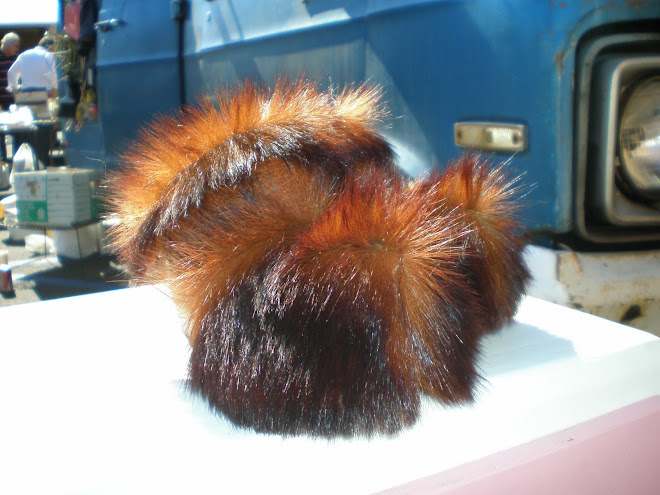Thank you for coming out tonight to help us celebrate the release of "Ghazals for Foley," an anthology of ghazals or guzzles or khazils, a nearly ancient Arabic poetry form that Hafiz, Rumi, Mahmood Darwish, Mirza Ghalib have all used at one point in their careers.
This night is special for several reasons. For one thing, this anthology we celebrate tonight is a volley of light, love, and solidarity for Jim (and other combat journalists like him) and our Syrian brothers and sisters who have born the brunt of the Syrian Civil War. To date, since 2011, the civil war in Syria has devoured more than 200,000 civilians and created one of the largest refugee emergencies since WWII. In many ways, Jim fought to bring to light these atrocities, and so we dedicate tonight's readings, performances, and ethos to Jim (and other combat journalists like him) and the people of Syria.
Two, Jim lent me the $300 to buy the two years of initial server space for Hinchas de Poesia, and we are currently working on our 18th issue, all the while not selling a single scrap of advertisement. So, let's just say that if it wasn't for Jim lending us the money, Hinchas would not exist. That is mostly why I felt such a responsibility to put this volume out and help to shape the narrative of who Jim really was. And in true Jim fashion, his senseless death has pushed Hinchas to become a print publisher well ahead of any timeline we had envisioned.
To me, Jim's latest incarnation as combat journalist was at the bottom of all the roles he had already played. Many of you who knew Jim for a minute know he came to journalism already an experienced, combat-proven teacher, and that he has an unpublished novel called, The Hungry Sons. Why am I telling you this? I am telling you this because there were several integral facets of Jim that you are not going to get from media outlets who are trying to sell their side of the story. And because Brian Oakes, the director of the "Jim" documentary and his childhood friend, focused on Jim's work as a combat journalist, I feel a YUGE part of who Jim really was keeps getting left out.
Third, to me, first and foremost, Jim was a TEACHER. He was the type of teacher that was so good that he taught other teachers how to teach. He was that good at teaching teachers. He taught me how to teach, teaching alongside his example from 2000-2001, as we helped to get countless pregnant Puerto Rican young women to pass their GED. After I graduated from ZooMass in 2002, Jim stayed on a year longer and changed even more lives in the part of the Pioneer Valley which isn't very pioneering and most forgotten and overlooked. You will not hear this story, but in Martin Espada's poem, "Ghazal for a Tall Boy from New Hampshire," this fact is front and center.
Jim was also an enthusiastic writer of fiction. Wait, let me say that again, Jim was a voracious reader of Fiction, not only being familiar with works in the America canon, but also hard at work rooting out new and exciting fiction writers that don't exist in English. He loved Saramago, for instance, and I remember him really getting into "Blindness" when we were in grad school. I myself turned him on to Ernesto Sabato's "The Tunnel," a harrowing work of fiction by an Argentine master. Jim and I talked a lot about Argentine fiction writers. Actually, let me rephrase that, I talked Jim's ear off about how awesome Julio Cortazar's novel, "Rayuela" or "Hopscotch" was and why he should definitely read, "La Invencion de Morel" by Adolfo Bioy Casares. In 2001, I think, he won an award at the University of Indiana for a short story he wrote. The story is called, "Notes to a Fellow Educator," and it highlights his teaching in Phoenix, a job he was wholly unprepared to helm.
In other words, like most writers, like myself, he could not compartmentalize all his forms of being--like most writers he had a messy ser and was not afraid to display it and use it in his writing. It is no coincidence that a young man of color that has gone through the Cook County Youth Authority Boot Camp figures prominently in his novel. In fact, in January of 2013 when I was given the opportunity to teach for a crappy charter school inside the LA County Jail, I jumped at the opportunity after having hashed it out with Jim. Jim was very sincere with me about teaching in a place like a jail. He said I wasn't going to understand most of the behavior inside, but that teaching that sector of society was probably going to be the most fulfilling for me. And, he was right. I still don't understand most of the things that I saw while teaching inside the LA County Jail, but two of my students got perfect scores on their CAHSEES, which is not an amazing feat per se, except if you think about the learning conditions inside of jail. For example, all students have to use golf pencils to write essays, regardless if it's for a class or for the essay portion of the ELA/CAHSEE.
And, like him, I was unable to disassociate my teaching ser from my writing ser and had no better idea than to write a crown of sonnets titled, Los Angeles County Jail Sonnets, which I have placed in journals like Huizache and others. Make no mistake, we are here tonight to remember our friend, but also to let the cowards in balaclavas know that we have their number, and disagree vehemently with all the being in our souls against their literal, disingenuous, fake interpretation of religious text to fuel their myopic, murderous, women-hating zeal. We are here to take back the beauty, mystery, and scholarship that we can gain when we open ourselves up to a form that is nearly ancient and most concerned with helping writers to express their love, camaraderie, and light.
Spicaresque:
A Spanglish blog dedicated to the works, ruminations, and mongrel pyrotechnics of Yago S. Cura, an Argentine-American poet, translator, publisher & futbol cretin. Yago publishes Hinchas de Poesia, an online literary journal, & is the sole proprietor of Hinchas Press.
Subscribe to:
Post Comments (Atom)

.png)

No comments:
Post a Comment